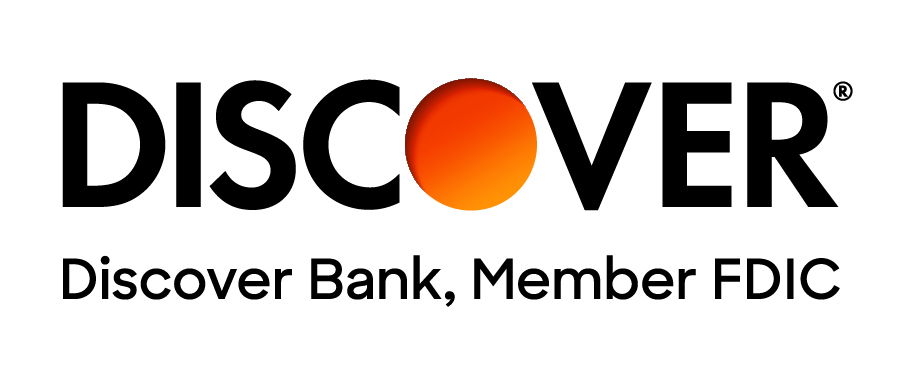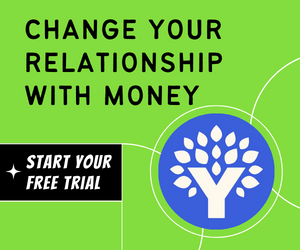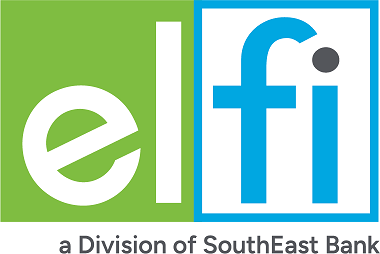We get it—this part of your financial aid offer can be confusing. The Federal Direct Stafford Loan program includes two types of loans: Direct Subsidized Loans and Direct Unsubsidized Loans. They may seem similar, but there are some key differences you should know about.
Key Takeaways about the differences between Subsidized and Unsubsidized Loans
- Subsidized and unsubsidized student loans are two types of federal student loans.
- Subsidized loans require students to demonstrate financial need, while unsubsidized loans do not.
- Subsidized loans offer an interest rate subsidy, meaning the government pays the loan's interest while the student is enrolled in school at least half-time, during their grace period, and periods of deferment.
- Unsubsidized loans accrue interest from disbursement until the loan is paid off, meaning borrowers are responsible for all accrued interest even while they're still in school.
- Both subsidized and unsubsidized loans have fixed annual loan limits, which vary depending on grade level, and dependency status.
Subsidized Student Loan
The most common version of a subsidized loan is a Federal Direct Stafford Loan. And you may see this specific loan under many other names on your financial aid offers, or while talking to friends and family. You may hear it referred to as a Stafford Loan, Federal Subsidized Loan, Federal Sub Loan, or just a sub loan.
Direct Subsidized loans are for undergraduate students only. The government pays the interest while you are in school and during periods of authorized deferment. This type of loan is awarded if you demonstrate financial need at your college, and there are both annual and cumulative limits you can borrow.
Additionally, there could be loans with an interest subsidy offered by your state or school as part of their financial aid offer.
Private Student Loan Rates
Variable rates starting at:
3.62% APR
Fixed rates starting at:
2.71% APR
Lowest APRs shown for Private Student Loans are available for the most creditworthy applicants for undergraduate loans, and include a 0.25% interest rate reduction while enrolled in automatic payments. Interest rates as of July 2025.
Federal Student Loan Rates
For loans first disbursed July 1, 2025 through June 30, 2026
6.39%
Undergraduate
7.94%
Graduate
8.94%
PLUS Loans
Unsubsidized Student Loan
The Federal Direct Unsubsidized Loan is also part of the Federal Direct Stafford loan program. And just like the Direct Subsidized Loan, you may see it with many different names or abbreviations, like, Stafford Unsub Loan, Federal Unsubsidized loan, Federal Unsub Loan, or just unsub loan. Unsubsidized student loans can be made available to undergraduate and graduate students.
To qualify for an unsubsidized loan, financial need is not required. However, there are annual and cumulative limits on the borrowing amount. Unlike subsidized loans, this type does not have an interest subsidy which means the government does not cover the interest while you are in school or during authorized deferment periods.
Federal Student Loan Options: How They Compare
| Federal Direct Subsidized Loan | Federal Direct Unsubsidized Loan | |
|---|---|---|
| Who can borrow? | Undergraduate Student | Undergraduate or Graduate Student |
| Based on demonstrated financial need? | Yes | No |
| Who pays the interest while in school at least half-time? | Federal Government | Borrower |
| Program names | Federal Direct Subsidized Loan (also known as Federal Direct Subsidized Stafford Loan) | Federal Direct Unsubsidized Loan (also known as Federal Direct Unsubsidized Stafford Loan) |
| Interest rates as of July 1, 2025 | 6.39% fixed for Direct Subsidized Loan |
6.39% fixed for undergraduate students 7.94% fixed for graduate students |
| Loan fees for Direct Student Loans | 1.057% Oct. 1, 2024 through Sept. 30, 2025 |
1.057% Oct. 1, 2024 through Sept. 30, 2025 for undergraduate students 1.057% Oct. 1, 2024 through Sept. 30, 2025 for graduate students |
| Grace Period | six months | six months |
| Can be used to pay for college related expenses such as |
|
|
Annual Loan Limits
| Dependent Undergraduate | Independent Undergraduate | |
|---|---|---|
| First Year Limits | Total Subsidized and Unsubsidized Stafford: $5,500 (no more than $3,500 can be Subsidized) | Total Subsidized and Unsubsidized Stafford: $9,500 (no more than $3,500 can be Subsidized) |
| Second Year Limits | Total Subsidized and Unsubsidized Stafford: $6,500 (no more than $4,500 can be Subsidized) | Total Second Year Subsidized and Unsubsidized Stafford: $10,500 (no more than $4,500 can be Subsidized) |
| Third Year and Above Limits | Total Subsidized and Unsubsidized Stafford: $7,500 (no more than $5,500 can be subsidized) | Total Subsidized and Unsubsidized Stafford: $12,500 (no more than $5,500 can be subsidized) |
| Graduate and Professional School Students | Medical School Students |
|---|---|
| $20,500 Unsubsidized Loan | $40,500 Unsubsidized Loan |
| Direct Stafford Loan Undergraduate | Direct Stafford Loan Graduate |
|---|---|
| Dependent: $31,000 (no more than $23,000 can be Subsidized) | Graduate and Professional School Students: $138,500 (includes undergraduate and graduate totals) |
| Independent Undergraduates $57,500 (no more than $23,000 can be Subsidized) | Medical and Health Professional Students: $224,000 (includes undergraduate and graduate totals) |
Federal Student Loan Repayment Plans
Student loan borrowers can choose from a variety of repayment plans when it's time to start paying back their loans.
| Repayment plans that are not based on income are: | Repayment Loans that are based on income include: |
|---|---|
|
|
***Federal Parent PLUS borrowers are ineligible for these repayment plans.
Private Loan Repayment Plans
As with any consumer transaction, it’s important to learn as much as possible about a loan before deciding to borrow with a specific lender – including the federal government. In short, know your rights and responsibilities and what your loan obligations might be! Always remember that the best loan is the lowest cost loan. See more advice on how to choose the best education loan.





















